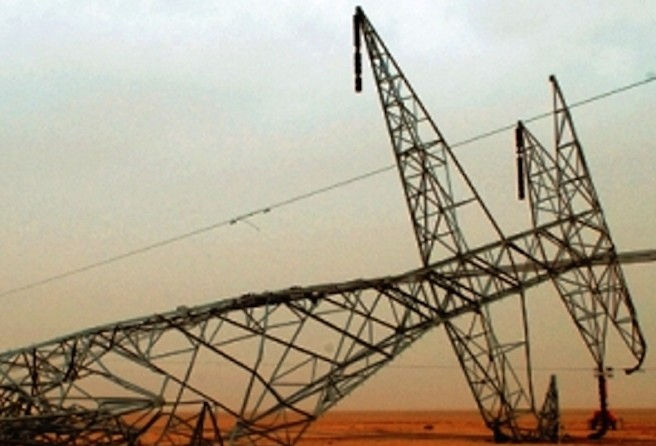Electricity and Power Grids
- ER.S Staff
- Feb 15, 2018
- 3 min read

Shocking, just shocking
“Electricity is like my wife – complicated, indispensable and will knock you on your ass if touched inappropriately”
Since overtaking the gas line system in the 1880s as the preferred source of power, electricity has become a virtual constant in our lives and lifestyles. None of us remembers a time when it was not a part of our daily (and nightly) activities –except, of course, when it goes out unexpectedly as it does from time to time. Recall your sense of panic when the lights went out last. Did you still subconsciously reach for the light switch when you went into the next room? Did you start to wonder when you would see the news on TV again? Could you calculate the amount of time before your refrigerated foods would spoil?
Now imagine the power is out for months and there is no clear answer when it will return.
The Electrical Grid – A Primer In simple terms, the system that provides power to your home or business has these elements:
Power stations at the source of generation – combustion, fission and kinetic being most common;
Long-distance High Voltage Transmission network carrying stepped-up electricity over a wide distribution area;
Sub-stations owned by the local power companies (500+ in US) where power is stepped-down;
Distribution Wiring system of local power lines connected to transformers that further step down the voltage;
Service Locations such as your home or office.
The Grid is divided into three smaller grids called interconnections. The Western Interconnection serves states west of the Rocky Mountains, the Eastern Interconnection supplies the states to the East, and the Texas Interconnection serves most of the state of Texas. Each Interconnection has its own control center and monitoring area.
The connectivity of these grids provides both efficiency and potential for disaster. Aging and obsolete, the equipment and operations at every level of these systems holds the possibility of cascading failure and widespread power outage. Electricity cannot be stored in large quantities and is essentially produced to meet immediate demand so when it goes out, it goes out immediately. Technology and system upgrades are decades away from providing the safety and protection needed to insure un-interrupted service. Worse, this fragile system is extremely vulnerable to mischief from terrorists or criminals bent on its destruction. It has been estimated by the Federal Energy Regulatory Commission that if enough substations become unusable, the power could be out for at least 18 months.
Modern Convenience or Modern Standard? Most all of what we consider to be modern conveniences (maybe standards) rely on electricity to operate – light, heating & air conditioning, fresh water and a myriad of appliances and various forms of communication. There is much more that relies on electricity for us to function in the greater society. Financial institutions, equipment and virtually all business enterprises need power to run. Ever see a gas-powered ATM or a coal-burning gas pump? Medical and community services need power to operate as well. Our social fabric depends on our electrical power grid to keep the country going. If it fails for more than a few days, bad things happen. Very bad things. Stores would close and food supplies would trickle to nothing. Gas would become scarce and emergency vehicles would be parked. The list of unfortunate events would be too much to contemplate without a stiff drink – of water, if you could find it.
When the Power Grids Fail
Severe weather, primarily wind related, is the most common reason for loss of power but usually only lasts for a few days. It normally results in downed power lines that are relatively easy to repair. But what if the problem stems from a destruction of a number of sub-stations due to an earthquake or vandalism? What if a cascade failure results from an Electro-magnetic Pulse (EMP) or toppling of the regional High Voltage lines by terrorists? A 3-day inconvenience can easily stretch into a 3-month struggle. Projecting the possible time horizon for a power outage can help you gather the appropriate tools and supplies to weather the loss of this critical, and under-appreciated, resource.
























コメント